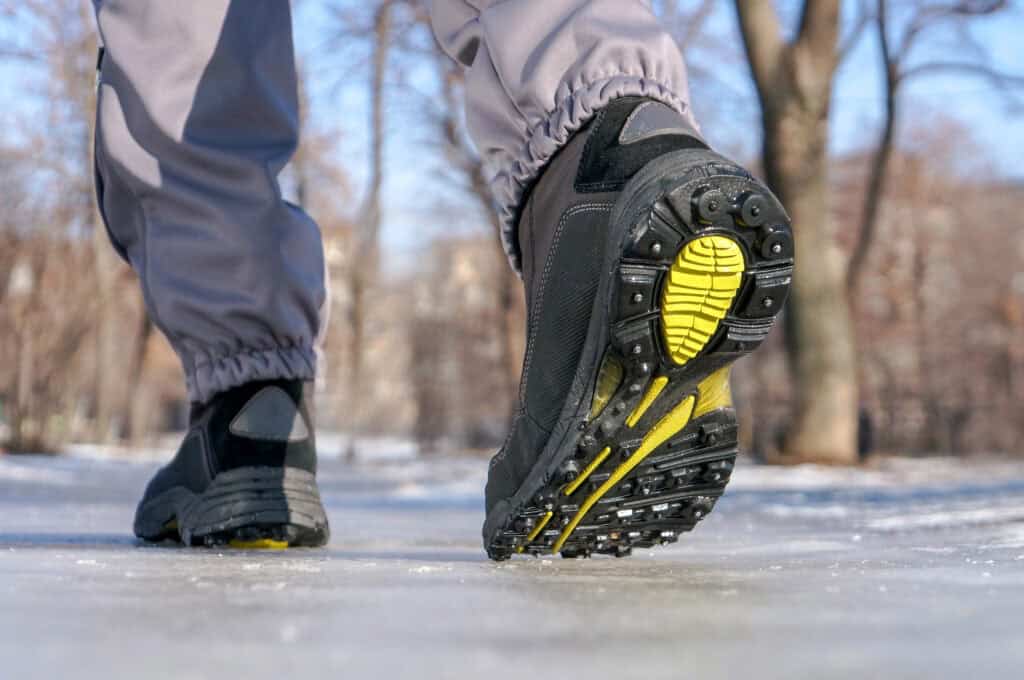Winter Safety at Work: A Comprehensive Survival Guide
As temperatures drop, ensuring workplace safety becomes paramount, especially in industries like construction where winter conditions can introduce unique hazards. Employers must prepare their sites and teams for the seasonal risks that come with winter. With the right approach, you can keep your team safe, productive, and warm all season long.
Why Winter Safety Matters
Winter weather adds unique risks to construction projects. Ice, snow, and freezing temperatures can lead to delays, hazards, and accidents. Employers must fulfil their duty to protect workers by addressing these seasonal challenges. Winterizing your site boosts safety and keeps your project on track. Staying proactive is crucial for success in cold-weather environments.
Site Preparation
A well-prepared site is the foundation of winter safety. Clear walkways of snow and ice, spreading grit to prevent slips. Regular inspections of scaffolding and platforms ensure stability despite fluctuating conditions. Creating a winter weather plan that everyone on-site can follow is beneficial. Good preparation reduces risks and keeps construction sites safe and efficient.
Protecting Your Team
Winter work requires the right gear. Employers should equip employees with insulated clothing, waterproof boots, and thermal gloves to protect against cold weather. Dressing in layers adds flexibility for changing conditions. High-visibility clothing is another essential safety measure during shorter, darker days. Keeping your team protected boosts productivity and morale.
Equipment Maintenance
Cold weather can affect tools and machinery. Employers should store equipment in warm, dry areas when possible. Regular inspections ensure machines remain safe and operational. Using antifreeze in engines and lubricating moving parts can prevent freezing. Proper maintenance protects employees and supports safer operations.
Providing Warm Break Areas
Workers need regular breaks to warm up and recharge. Employers should provide heated shelters where teams can rest during shifts. Offering hot drinks and snacks is another way to keep morale high. Comfortable, well-cared-for workers are safer and more productive, even in challenging seasonal conditions.
Legal Responsibilities
Employers are legally required to ensure a safe working environment. This includes maintaining reasonable workplace temperatures. The Workplace (Health, Safety and Welfare) Regulations 1992 suggest a minimum temperature of 16°C for most work environments, or 13°C for physically demanding work. Employers should provide breaks, hot drinks, and additional heating if necessary. They may also consider flexible work hours or remote work in extreme weather.
Conclusion
Winter safety at work is essential for protecting employees and maintaining productivity. By preparing the site, protecting the team, maintaining equipment, providing warm break areas, and adhering to legal responsibilities, employers can navigate the challenges of winter effectively. Proactive measures and a commitment to safety ensure that operations continue smoothly, regardless of the weather.

